Seasonal Backyard Maintenance Tips for a Lush Landscape
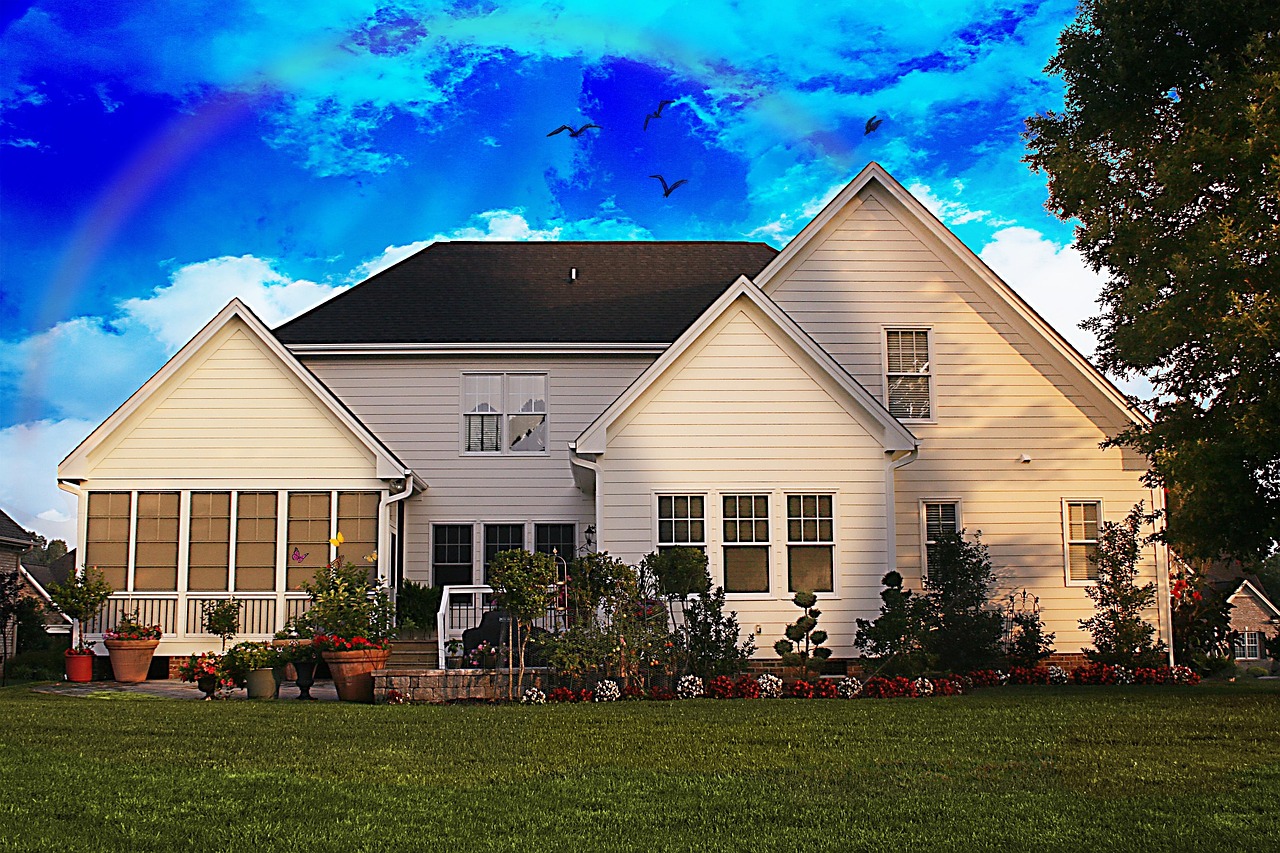
Maintaining a vibrant and healthy outdoor space requires understanding the unique needs of your landscape as seasons change. By implementing targeted maintenance strategies throughout the year, you can develop a lush backyard that thrives in every season. This comprehensive guide outlines essential maintenance tasks for spring, summer, fall, and winter to help you nurture your landscape’s full potential. (more…)
DIY Backyard Projects to Transform Your Outdoor Space
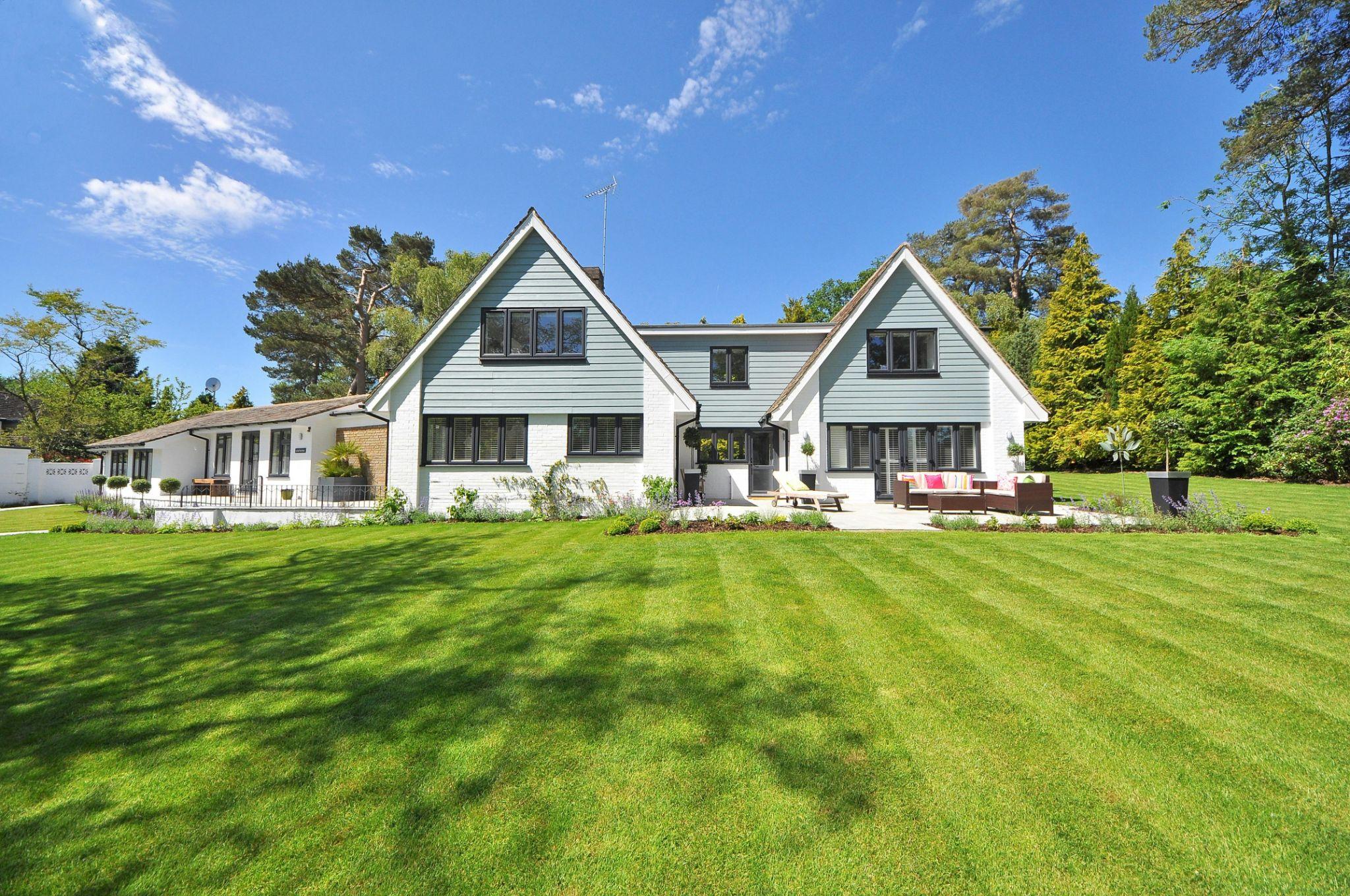
Transform your ordinary backyard into an extraordinary outdoor sanctuary with these creative DIY backyard projects. Whether you have a spacious yard or a compact outdoor area, these projects will help you maximize your space while adding functionality, beauty, and personal flair. From cozy seating arrangements to vertical gardens, lighting solutions, and decorative accents, these ideas will inspire you to roll up your sleeves and create the backyard oasis you’ve always dreamed of. (more…)
[Top]Top Outdoor Kitchen Ideas for Every Budget
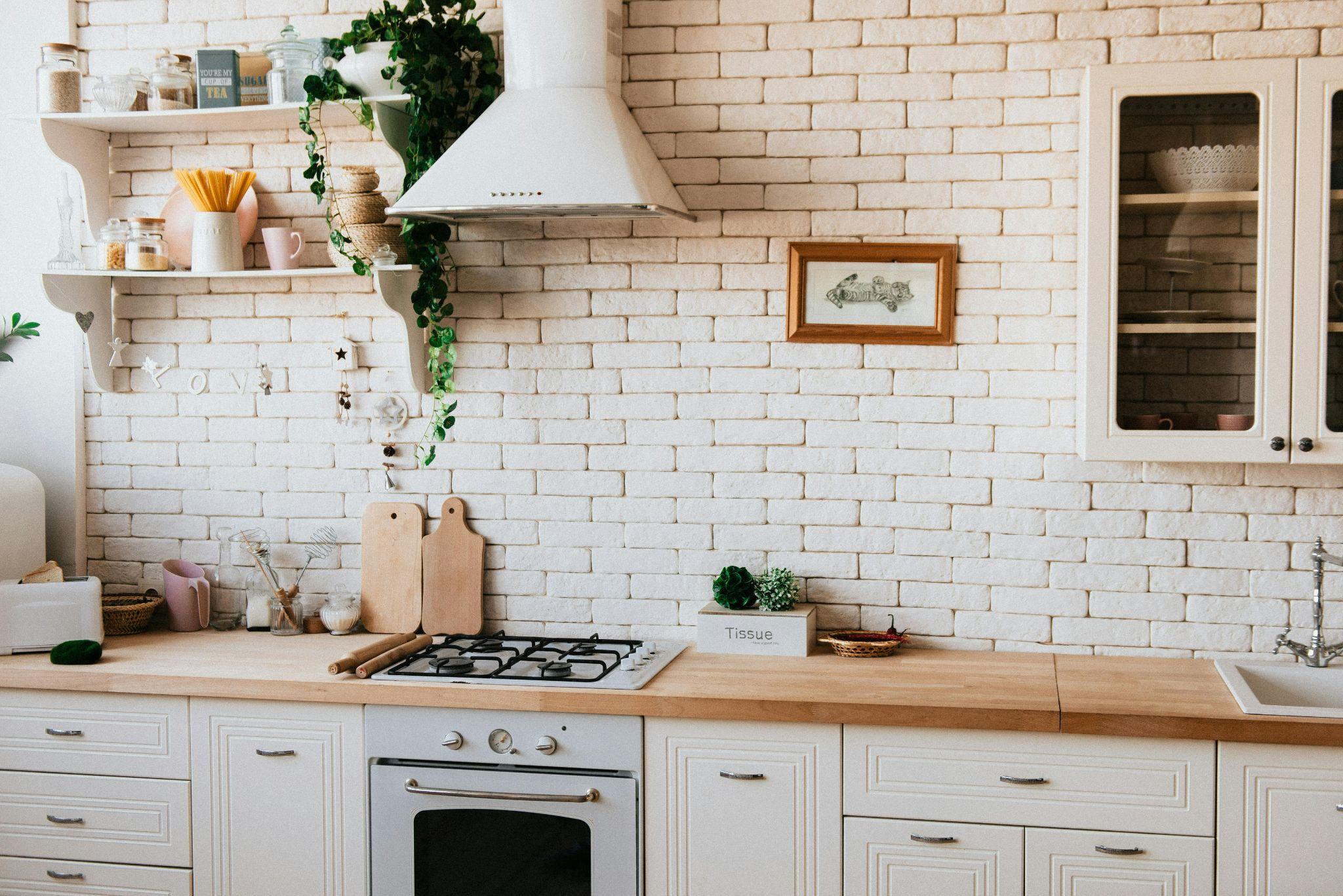
Outdoor kitchens have become the crown jewel of modern home improvements, transforming ordinary backyards into sophisticated living spaces. Whether you’re working with a modest budget or planning a luxury outdoor oasis, these versatile additions not only extend your living area but can significantly boost your property’s value. From simple grill stations to elaborate cooking and entertainment zones, there’s an outdoor kitchen solution for every homeowner’s vision and budget. (more…)
[Top]Transforming Your Backyard: The Ultimate Guide to Outdoor Living
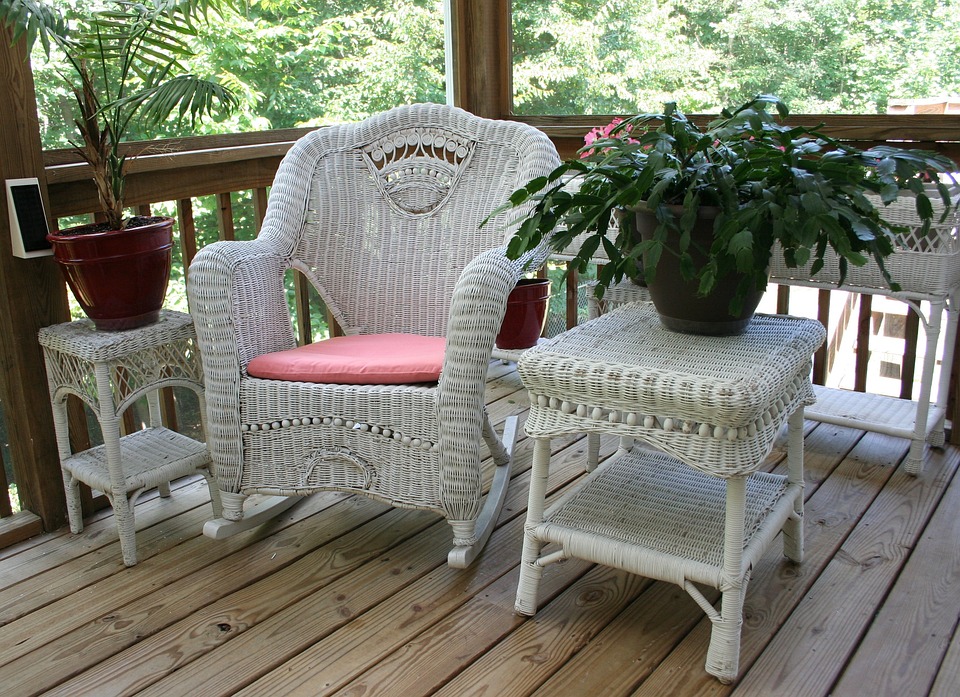
In recent years, the concept of outdoor living has gained tremendous popularity among homeowners. No longer content with confining their living spaces to the indoors, people are increasingly looking to their backyards as an extension of their homes. This shift in perspective has led to a revolution in how we view and utilize our outdoor spaces, transforming them from simple lawns into functional, comfortable, and stylish living areas. (more…)
[Top]Sustainable Gardening: Eco-Friendly Practices for Your Outdoor Space

Sustainable gardening is an approach to cultivating plants that focuses on environmental stewardship, resource conservation, and long-term ecological balance. It aims to create beautiful, productive outdoor spaces while minimizing negative impacts on the environment and maximizing benefits to local ecosystems. (more…)
[Top]Creating the Ultimate Backyard Oasis: Tips for Small Spaces

Transforming a small backyard into an ultimate oasis is not only possible but can be incredibly rewarding. With clever design and thoughtful planning, even the most limited spaces can become luxurious and functional retreats. This guide will walk you through creating your perfect backyard oasis for small spaces, proving that size doesn’t have to limit your outdoor living dreams. (more…)
[Top]How to Choose the Perfect Grill: Top 5 Tips and Tricks
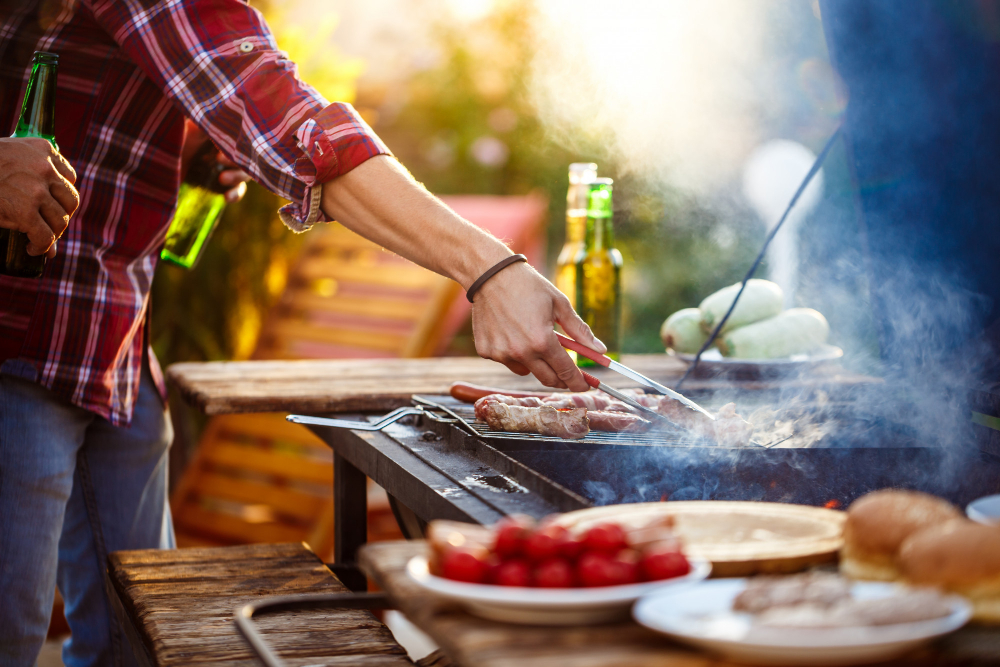
As the golden sun begins to shower its warm rays upon us and the days stretch out with the promise of laughter and camaraderie, it’s time to ignite the grill and prepare for some delectable outdoor feasts. However, with a myriad of grills beckoning from every corner, how can you determine which one will elevate your grilling escapades to heavenly heights?
Fret not, dear reader! In this article, we will not only guide you through our top 5 invaluable tips but also introduce you to some phenomenal brands like Weber that will ensure your grilling adventures are nothing short of extraordinary. So, let’s embark on a thrilling journey into the enticing realm of grills, delving into grills reviews that will transform your decision-making process into a delightful and effortless experience!

Determine Your Needs and Budget
Before diving headfirst into the world of grills, it’s crucial to first evaluate your personal requirements and establish a realistic budget. Take a moment to ponder how often you plan to partake in grilling escapades, the number of hungry mouths you’ll be satisfying, and the array of dishes you wish to whip up. Remember, grills span a broad spectrum, from budget-friendly options to lavish, high-end models.
For the occasional griller who relishes a laid-back weekend cookout, a basic charcoal or gas grill might just hit the sweet spot. However, if you’re a bona fide barbecue aficionado with a penchant for exploring diverse grilling techniques, you might find yourself drawn to a more adaptable and advanced grill, such as a Weber, which boasts an extensive selection of models designed to cater to every budget and preference.
Choose the Right Fuel Type
There are three main types of grills, each with its own unique set of advantages:
- Charcoal grills: These grills offer that classic, smoky flavor that barbecue lovers crave. They require a bit more skill and patience to master, but the end result is worth it. Charcoal grills are generally more affordable than their gas or electric counterparts.
- Gas grills: These grills provide convenience and ease of use, with quick heating times and simple temperature control. Gas grills are ideal for beginners and those who prioritize convenience over smoky flavor. They can be fueled by propane or natural gas.
- Electric grills: Ideal for people with limited outdoor space or strict fire regulations, electric grills are easy to use and maintain. While they might not offer the authentic BBQ experience, they’re perfect for apartment dwellers or those who want a hassle-free grilling option.
Consider Size and Portability
When it comes to selecting the ideal grill, size and portability play a significant role. Grills are available in a vast array of sizes, ranging from compact, easily transportable models to large, built-in outdoor kitchen setups. Reflect on the space you have at your disposal for your grill and whether you’ll need the flexibility to move it between different locations. If your outdoor area is limited or you plan to take your grill on camping trips, a portable model would be the way to go. Conversely, if you’re blessed with ample outdoor space and envision a permanent grilling station, you may want to invest in a built-in grill or a more sizable freestanding option.
Look for Quality and Features
When it comes to grills, quality matters. A well-constructed grill will not only last longer but also provide better performance. Look for grills made from durable materials like stainless steel or cast iron, and pay attention to the thickness and quality of the grates. A grill with a reliable ignition system, even heat distribution, and precise temperature control is worth the investment.
Additionally, consider the features you want in a grill. Some grills come with extra bells and whistles like side burners, rotisseries, or built-in thermometers. While these features can be convenient, they might not be necessary for your needs, so prioritize what matters most to you.
Read Grills Reviews and Recommendations
Prior to settling on your grill of choice, it’s essential to immerse yourself in the wealth of grills reviews penned by fellow customers and industry experts. These reviews can offer invaluable insights into the performance, longevity, and user-friendliness of various grill models, empowering you to make an educated decision. Keep an eye out for reviews addressing specific concerns you might have, such as the ease of cleaning or the grill’s ability to retain heat effectively.
As you sift through the plethora of grills, don’t forget to consult recommendations from trusted sources like Consumer Reports, barbecue-centric blogs, or grilling forums. These platforms can provide a treasure trove of information on the most suitable grills for diverse needs and budgets. Weber, for instance, is a renowned and esteemed brand that consistently garners rave reviews for its exceptional quality, top-notch performance, and lasting durability.
Conclusion:
Embarking on the quest to find the ultimate grill may seem daunting, but armed with our top 5 tips and tricks, you’re well on your way to discovering the grill that will bring your culinary dreams to life. Keep in mind the importance of assessing your requirements and financial plan, selecting the ideal fuel type, weighing the dimensions and mobility of the grill, prioritizing quality and features, and diving deep into grills reviews and expert opinions.
By adhering to this guidance, you’ll be able to choose a grill that not only caters to your needs but also transforms grilling into a delightful, enjoyable, and scrumptious experience. So, grab those tongs, ignite that grill, and prepare to forge unforgettable memories with loved ones as you gather around a tantalizing, lip-smacking barbecue feast! Let the grilling begin!
So, grab your tongs, fire up that grill, and get ready to create unforgettable memories with family and friends around a mouth-watering BBQ feast! Happy grilling!
Weber Charcoal Grills
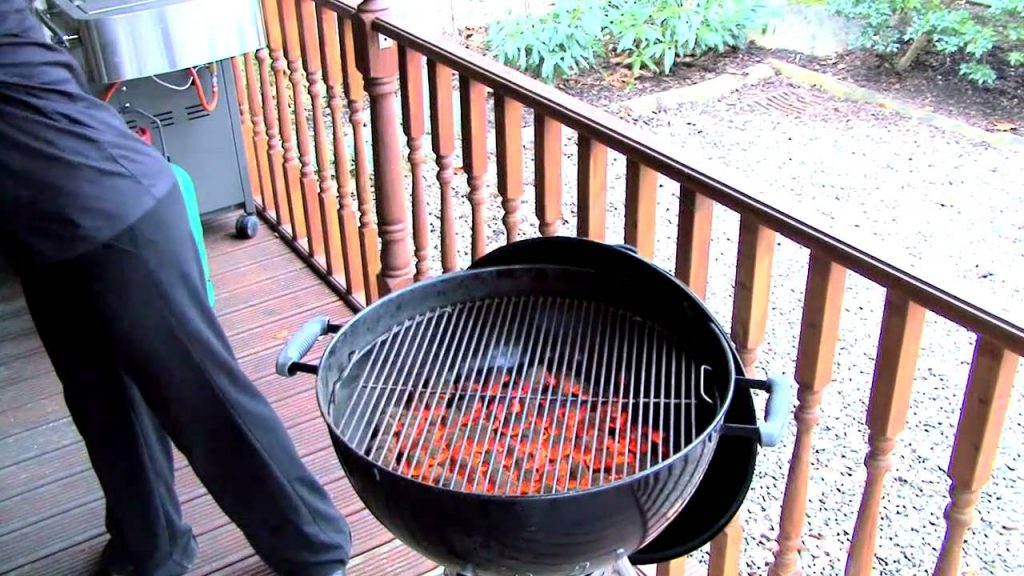 Weber Charcoal Grill has been a popular choice for so many years so we chose it as our featured outdoor charcoal grill. The secret is in the grill’s versatility. Unlike traditional outdoor barbecue grills, a Weber’s round shape and domed top create a reflective cooking surface that intensifies the heat of the charcoal fire. This allows the grill to create higher internal temperatures which, in turn, can quickly sear the food being cooked. The object in barbecuing a lot of foods is to sear the outside while the natural juices of the food remain within. A Weber Charcoal Grill does this especially well.
Weber Charcoal Grill has been a popular choice for so many years so we chose it as our featured outdoor charcoal grill. The secret is in the grill’s versatility. Unlike traditional outdoor barbecue grills, a Weber’s round shape and domed top create a reflective cooking surface that intensifies the heat of the charcoal fire. This allows the grill to create higher internal temperatures which, in turn, can quickly sear the food being cooked. The object in barbecuing a lot of foods is to sear the outside while the natural juices of the food remain within. A Weber Charcoal Grill does this especially well.
Another advantage of Weber charcoal grills has over a tradition grill is room. The rounded shape creates more space inside the grill and that increased space means more room to cook. You can cook roasts and turkeys on a Weber with ease. You can also cook more food, period. Since the round shape radiates heat evenly, there are no “cold corners” or “hot spots” where food get over- or under-cooked. Finally, the rounded top and bottom of the grill, along with the placement of the vents, creates an induction within the grill. This means the hot air is circulated around the grill as cold air comes in through the bottom vents and hot air exist through the top vent. This circulation means even temperatures within the grill and these even temperatures mean evenly cooked food.
There are few products whose very shape becomes so iconic that the shape itself dominates the genre. For example, what image comes to mind when I say the words “barbecue grill”? For many people, these two words conjure up a picture of a round object on a tripod base with a domed cover. In the mind of the buying public, a generic term, in this case barbecue grill, has come to mean a single product – the Weber Charcoal Grill. That’s a pretty amazing when you think about it. In this case though, the association is justified. The Weber Charcoal Grill has become synonymous with barbecuing because it is an amazing grill.
Back in the 1950’s. all outdoor barbecue grills were the same. A grill was a flat square object supported on four legs. The coals went in a single layer on the bottom. The grill went on top of the coals, nearly touching them. The flat grill top went on over everything else. That was it. You could grill up hot dogs, burgers and maybe steaks and chops, but that was all.
You couldn’t really control the heat of the fire or the height of the grill from the fire and the function of the grill top was to prevent the inevitable incineration of the food from happening too quickly. This type of grill was really only a mass produced brazier and braziers had been mankind’s “barbecue grill” for ages. Sure, it was convenient, in terms of having a place to start controlled cooking fire out doors, but in terms of food quality, it was a joke.
In 1952, a guy by the name of George Stephen, Sr. got fed up up with the barbecue status quo. George worked for Weber Brothers Metal Works, a company that manufactured marine buoys. He took one of the company’s buoys, cut it in half and fashioned a domed top for a cover. The Weber Charcoal Grill was born. George started making these grills for his neighbors, and the for the neighbor’s neighbors. Soon, supply couldn’t keep up with demand. In short order, the Weber Charcoal Grill became THE outdoor grill for the discriminating barbecue chef.
Today, the Weber remains the King of the Grill world. If you’ve never cooked on one, do yourself a favor. Pick up a Weber Charcoal Grill today and see how innovation can result in better tasting food.
[Top]Grilling Chicken – Barbecue The Best Bird!
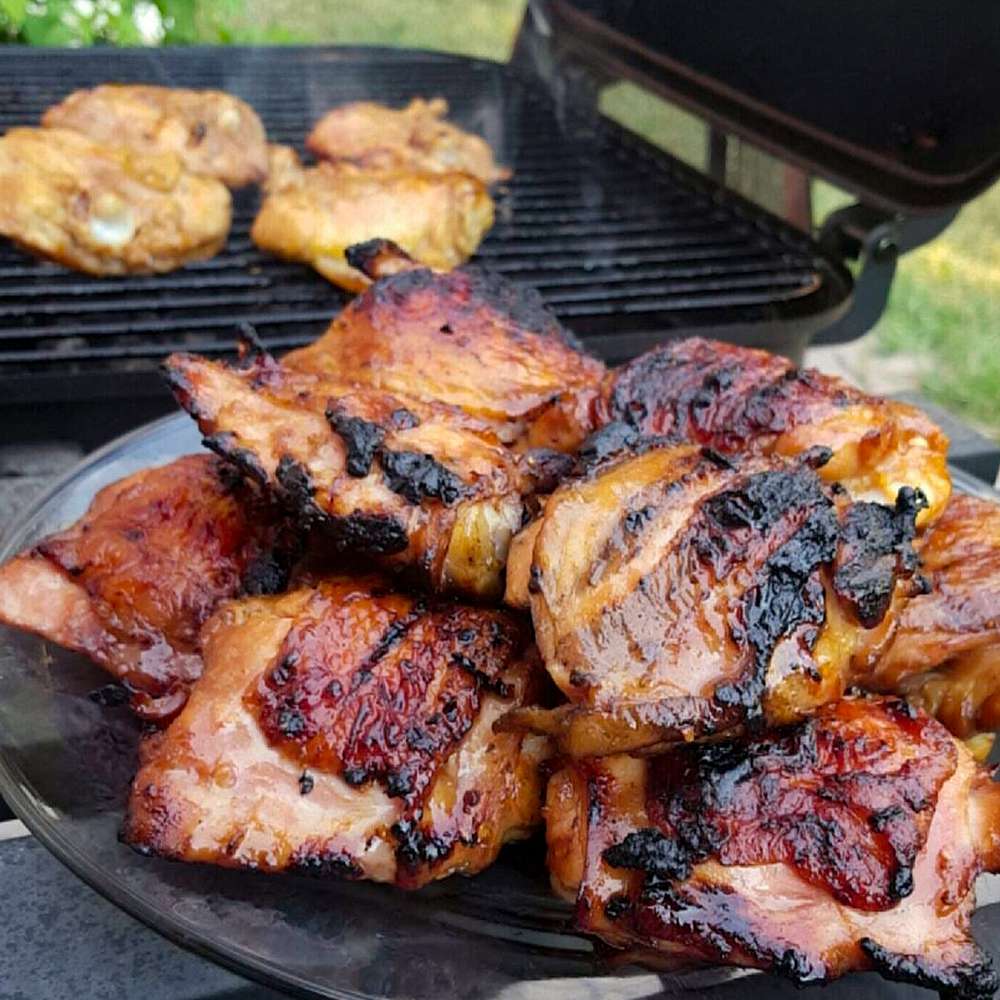 Grilling Chicken is a great choice for the recipes for the grill. The one sure sign that the weather is getting warmer and that summer is around the corner is the sight and smell of barbecued food. You can be sure on the first nice day of spring the local store will see a run on charcoal briquettes, the guy next door will be cleaning off his grill and the whole neighborhood will be filled with the delectable smell of barbecue. One of the perennial favorites for barbecue cooking is chicken and why not? Grilling chicken is easy, it’s versatile and it’s good for you to boot!
Grilling Chicken is a great choice for the recipes for the grill. The one sure sign that the weather is getting warmer and that summer is around the corner is the sight and smell of barbecued food. You can be sure on the first nice day of spring the local store will see a run on charcoal briquettes, the guy next door will be cleaning off his grill and the whole neighborhood will be filled with the delectable smell of barbecue. One of the perennial favorites for barbecue cooking is chicken and why not? Grilling chicken is easy, it’s versatile and it’s good for you to boot!
When grilling chicken, the first thing to remember is food safety. Raw chicken can contain many food pathogens that can make you and your family very sick, so it’s important to follow a few simple rules.
1. Clean and prepare the chicken on a single washable surface.
2. Always thoroughly clean this surface after the prep work is done.
3. Remember to wash your hands and any utensils used on the chicken before you move on to prepare any other food items.
4. Being careful and taking the time to follow these simple rules will guarantee that your barbecue guests will remain healthy and happy, and that you’ll be grilling chicken for a long time to come!
One of the great advantages of grilling chicken is its versatility. There are literally dozens of ways to prepare chicken for the grill. The key word here is preparation, because chicken marinates so easily, so wonderfully and in so many ways. One of the simplest marinades for chicken is olive oil, vinegar and garlic. Simply place cut up chicken pieces in a large Ziploc bag, add one cup of good quality olive oil, an eighth of a cup of vinegar and four or five cloves of garlic. Next, seal the bag and vigorously shake all the ingredients together. Finally, place the bag in the refrigerator for a minimum of three hours or, preferably, overnight. The chicken you grill the next day will be moist and flavorful – the best you’ve ever had!
Another way of grilling chicken is the beer can method. Beer can chicken? Definitely! You take a whole fryer chicken and wash it inside and out with cold water. Pat the chicken dry and season it to taste, again inside and out. (Rosemary and lemon pepper are a particularly great combo.) Next, take an empty beer can that has been thoroughly washed out and place the can inside the body cavity of the chicken. (Don’t worry if it’s not a perfect fit.) Place the beer can chicken over a moderately hot fire and grill for approximately 40 minutes, occasionally turning, until done. (You may find that this is the perfect time to empty another beer can or two in preparation for your next barbecue.) Take the chicken off the grill and serve promptly. (Remember to remove the beer can from the body cavity first!) It’s guaranteed this will be the juiciest, moistest bird you have ever enjoyed.
So, this barbecue season when you fire up the old grill remember that when you’re grilling chicken you’re grilling right.
[Top]Grilling Ribs – The Secret to a Successful Barbecue
 Grilling Ribs is a favorite to the recipes of the grill. Is there any one word in the culinary lexicon that evokes so much happiness, controversy and memories? In a lot of ways, ribs are barbecue. They are where barbecue began. (The word barbecue comes from the French phrase “barbe a queue”, meaning “whiskers to tail” and hearkens back to the days when a cook-out meant cooking a whole pig, including the ribs, outdoors over hot coals). They are, for many people, where barbecue ends. Depending on where you come from, ribs could be pork or beef or even mutton! They could also be finished with a vinegar based sauce or a tomato based sauce or even not sauced at all. However, no matter where you come from, one thing is sure – the best ribs are cooked low and slow. This means the meat was cooked for a long time at a lower temperature. In this article, you’re going to learn this “low and slow” method so that the next time you’re grilling ribs, you’re grilling them right.
Grilling Ribs is a favorite to the recipes of the grill. Is there any one word in the culinary lexicon that evokes so much happiness, controversy and memories? In a lot of ways, ribs are barbecue. They are where barbecue began. (The word barbecue comes from the French phrase “barbe a queue”, meaning “whiskers to tail” and hearkens back to the days when a cook-out meant cooking a whole pig, including the ribs, outdoors over hot coals). They are, for many people, where barbecue ends. Depending on where you come from, ribs could be pork or beef or even mutton! They could also be finished with a vinegar based sauce or a tomato based sauce or even not sauced at all. However, no matter where you come from, one thing is sure – the best ribs are cooked low and slow. This means the meat was cooked for a long time at a lower temperature. In this article, you’re going to learn this “low and slow” method so that the next time you’re grilling ribs, you’re grilling them right.
The first step when grilling ribs is to decide what kind of ribs you want to grill. There are a lot of choices which range from the type of meat to the type of ribs. One way to simplify the process is to go with pork and to choose a cut know as the spareribs. Pork spareribs are meaty, tender and generally available. Because they tend to cook evenly when treated right, they are a good choice for the beginning outdoor chef. When you get your spareribs home, rinse them with cold water, pat them dry and season them to taste. This seasoning, also known as a “rub”, can be any combination of flavorings, herbs and spices you care to use. A good rub is key when grilling ribs. Simply sprinkle your seasonings onto the ribs and, using a good amount of pressure, “rub” them in.
The next step in grilling ribs is setting up the grill. If you’re using charcoal (and you should), you want to start with a moderate amount of coals placed to one side of the grill bottom. Next to the coals place a foil pan. When the coals have ashed over, put on the grill itself and place your ribs over the foil pan. Next to the ribs, place another foil pan full of water. Why do it this way? Putting the coals off to one side, as well as not putting the ribs over coals, slows down the cooking process by indirectly grilling the meat. The foil pan next to the coals catches any drippings from the ribs, keeping them off the coals and prevents the coals from flaring up. Finally, the water in the foil pan next to the ribs will evaporate in the heat of the grill. This steam will help to keep the ribs moist during the time they are on the barbecue. So that’s it. Cover the grill and sit back. Enjoy your favorite cold beverage. You are now the pit master and, as master of your own pit, it is your job to keep the grilling ribs “low and slow” by occasionally replenishing the coals or the water in the grill as needed.
The final step in grilling ribs is the finish or the sauce. The ribs will be done when the meat is separating from the bone. (If you’ve done everything right, this will be three to four hours after you first put the ribs on the grill.) Now all you have to do is decide on the finish. There are a lot of good commercially prepared barbecue sauces out there. Choose one that matches your taste and apply it to the ribs just prior to removing them from the grill. Don’t leave the finished ribs on the grill. The sugars in the sauce caramelize and burn very quickly and will make your hours of effort at the pit a waste.
Remember, low and slow is the only way to go when you’re grilling ribs.
[Top]